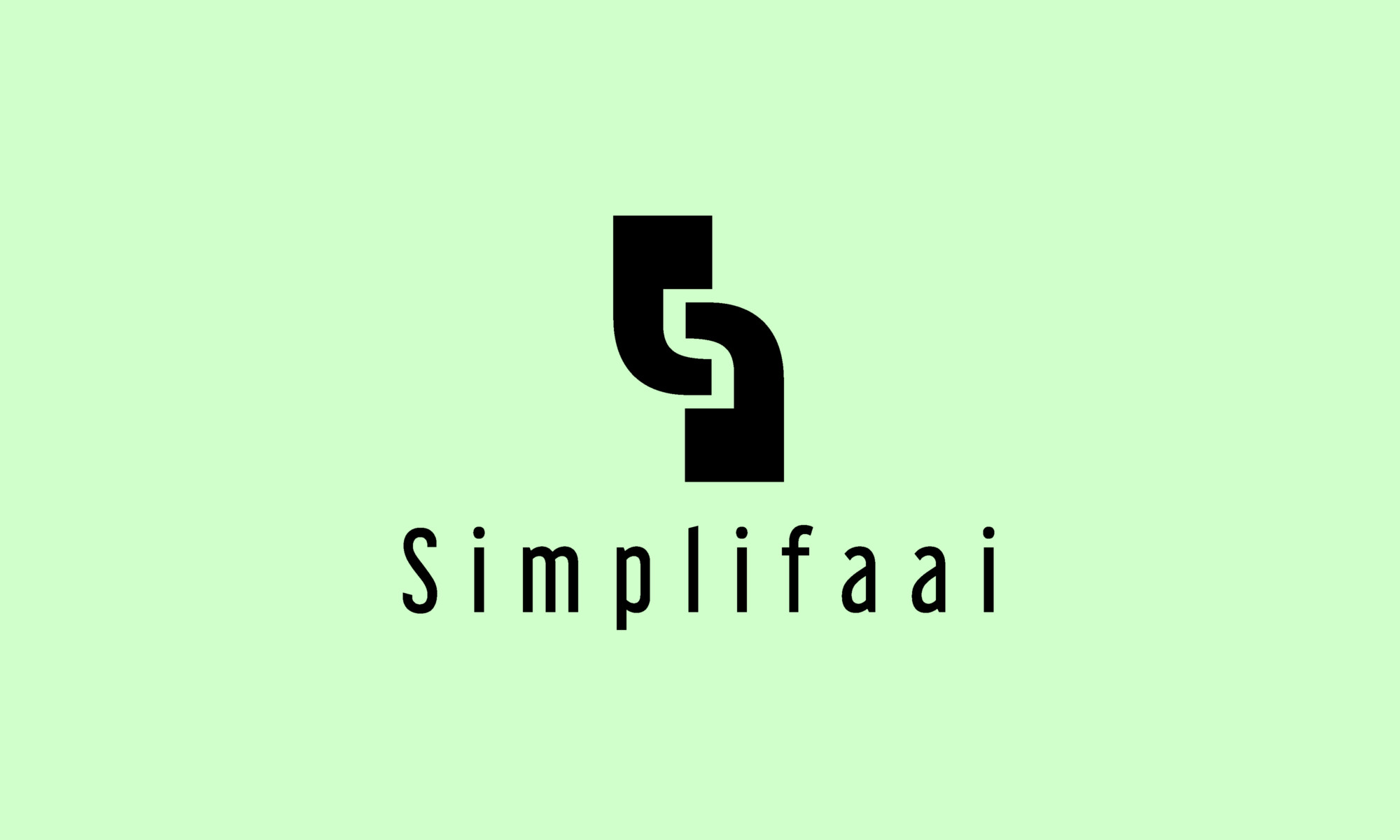It is all about the Internet of Things nowadays. Will it be a billion devices connected to eachother through the internet? A trillion? A gazillion? Fact is that all these devices are likely to be dependent on batteries for performing their tasks. These batteries are an environmental hazard. They also need to be replaced and, eventually, stored or processed. Isn’t there some smart(er) solution?
Indeed there is! It is called intermittent computing. A large proportion of the Internet of Things devices doesn’t continuous power. They can live off energy harvested from the environment, only continuing their tasks once enough energy has been stored. It does require some very smart technical solutions to ensure proper operation under up to a hundred power failures per second. That is what intermittent computing is about, and that is how intermittent computing will replace trillions of batteries.


